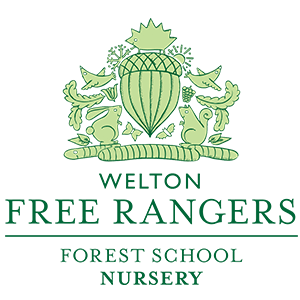During the third week in January, we looked at how to excite and stimulate the children's interest in creating and manipulating paint, combined with mark-making. They used a variety of animal figures and a selection of paints to explore leaving footprints and tracking marks. As practitioners we were looking for and observing the different levels of body co-ordination and fine motor skills.
We also listened to their chats and discussions as they play, talking about animals and where they might come from. The children enjoyed checking the marks they made on the paper to see if it they needed more paint for a clearer footprint.
They then extended this activity to start moving like animals, including walking, hoping and running. The children showed good control and co-ordination when studying the animals' movements.
The animals we looked at were elephants, tigers, bears, lizards and wolves. With coloured paper and different paints on each plate, the children decided to pick one of the animals and move in different ways with wet paint on paws or hooves etc. We discussed how each moves at a different speed and what characteristics their animal portrays.
The children show their feelings and expressions throughout, using art and design. Some children made animal sounds whilst painting, others remained silent yet immersed in their exploration.
A shared focus then became apparent as the children and their peers spot other pictures, showing their interest in playing and exploring. By painting on the floor the children are able to more easily find a position to get comfortable and are therefore more likely to remain engaged.
During the third week in January, we looked at how to excite and stimulate the children's interest in creating and manipulating paint, combined with mark-making. They used a variety of animal figures and a selection of paints to explore leaving footprints and tracking marks. As practitioners we were looking for and observing the different levels of body co-ordination and fine motor skills.
Nina





